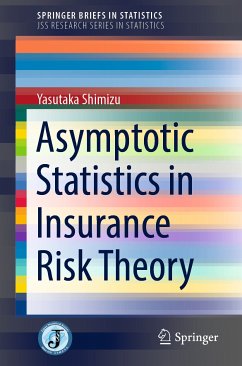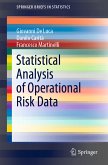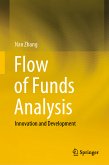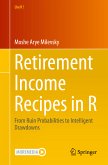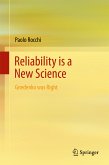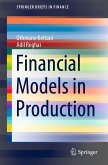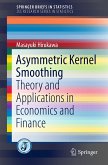This book begins with the fundamental large sample theory, estimating ruin probability, and ends by dealing with the latest issues of estimating the Gerber-Shiu function. This book is the first to introduce the recent development of statistical methodologies in risk theory (ruin theory) as well as their mathematical validities. Asymptotic theory of parametric and nonparametric inference for the ruin-related quantities is discussed under the setting of not only classical compound Poisson risk processes (Cramér-Lundberg model) but also more general Lévy insurance risk processes.
The recent development of risk theory can deal with many kinds of ruin-related quantities: the probability of ruin as well as Gerber-Shiu's discounted penalty function, both of which are useful in insurance risk management and in financial credit risk analysis. In those areas, the common stochastic models are used in the context of the structural approach of companies' default. So far, the probabilistic point of view has been the main concern for academic researchers. However, this book emphasizes the statistical point of view because identifying the risk model is always necessary and is crucial in the final step of practical risk management.
The recent development of risk theory can deal with many kinds of ruin-related quantities: the probability of ruin as well as Gerber-Shiu's discounted penalty function, both of which are useful in insurance risk management and in financial credit risk analysis. In those areas, the common stochastic models are used in the context of the structural approach of companies' default. So far, the probabilistic point of view has been the main concern for academic researchers. However, this book emphasizes the statistical point of view because identifying the risk model is always necessary and is crucial in the final step of practical risk management.
Dieser Download kann aus rechtlichen Gründen nur mit Rechnungsadresse in A, B, BG, CY, CZ, D, DK, EW, E, FIN, F, GR, HR, H, IRL, I, LT, L, LR, M, NL, PL, P, R, S, SLO, SK ausgeliefert werden.

